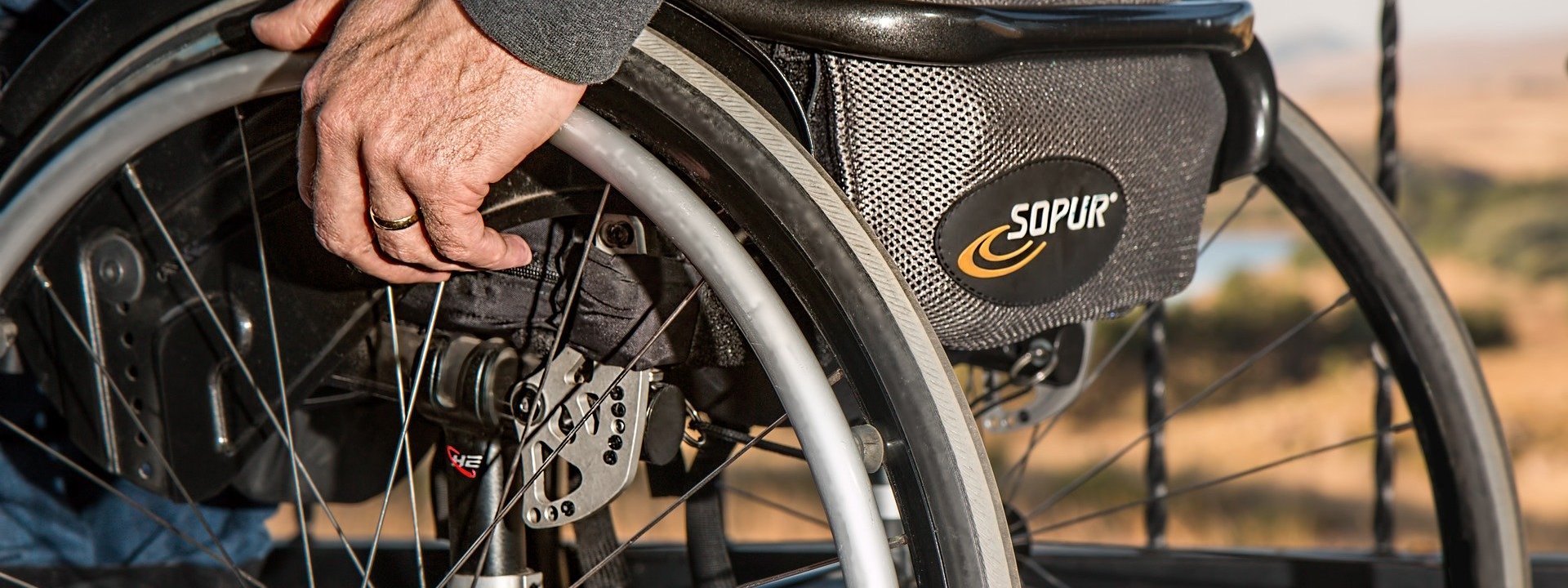Vulnerable Beneficiaries And Vulnerable Persons Trust (VPT's)
Posted on 1st August 2022 at 09:47
A tragically common occurrence is one where a person making a Will has a dependant that is vulnerable in nature, often unable to manage money or themselves through no fault of their own.
This is where Vulnerable Person Trusts (VPTs) can save the day and ensure that those we leave behind, that are unable to care for themselves, are cared for by the finances in our estate.
VPTs act much like a Discretionary Trust does, where you can appoint a trustee (the one in charge of administering the Trust) with finances being held by the Trustees (which could be family members, carers etc) that could utilise the money to fund care for the person in question.
How do they work? They aren’t just given the cash outright, are they?
Care doesn’t strictly have to come in the form of cash, this advice also goes for the trustees who are managing the funds for the primary beneficiary (the vulnerable person benefiting from the VPT). Everybody is different and have their own way of going about their life, this is no different for vulnerable beneficiaries, it is merely a matter of ability and adjusting to suit their needs.
Say there is an individual who does not have a concept of money, they are unable to recognise its value, but they are still capable of shopping and feeding themselves. A VPT could dispense value to the beneficiary in the form of supermarket vouchers as an example, as these can often have the benefit in being limited to what can be purchased with said vouchers, or by paying for services.
The money is managed by a Trustee, they use their best judgement to assess the best way for the funds to provide a benefit for the beneficiary, there is an amazing deal of flexibility in these trusts while staying very strict to ensure the vulnerable beneficiary is protected.
Why should you use Vulnerable Person Trusts?
VPTs provide not only the flexibility of a discretionary trust when it comes to controlling the flow of the benefit, but also allows protection not afforded by a regular discretionary trust as other beneficiaries are limited to their entitlement. Anyone who is classified as a beneficiary under this trust but is not the primary beneficiary would be limited to receiving 3% of the trust/ £3000 (whichever is lower) per tax year between them; usually this would be siblings of the vulnerable person or descendants.
This ensures that the primary beneficiary is to receive the main bulk of the trust, giving it the distinct advantage over other types of trusts where a person may be worried about their money not going where they would like it to go after their death as seen in regular Trusts.
Following this, a VPT also provides more favourable tax benefits by having no increased tax liability when it comes to gifting money out of the trust.
Who is a Vulnerable Person?
So how do we qualify someone as a “vulnerable person” when assessing whether they qualify for a trust as crucial as this?
Legislation has made it flexible enough to encompass those who really need it while ensuring it is specific enough not to be abused. A vulnerable person whom this trust would be set up for will need to meet the requirements set out in from (Section 89(4A), Inheritance Tax Act 1984 and section 38 and Schedule 1A, Finance Act 2005 (FA 2005).
We need to consider whether the individual fits any of the below categories:
a person who by reason of mental disorder within the meaning of the Mental Health Act 1983 is incapable of administering his or her property or managing his or her affairs,
a person in receipt of attendance allowance,
a person in receipt of a disability living allowance by virtue of entitlement to—
the care component at the highest or middle rate, or
the mobility component at the higher rate,]
(ca) a person in receipt of disability assistance for children and young people by virtue of entitlement to—
the care component at the highest or middle rate in accordance with regulations made under section 31 of the SS(S)A 2018, or
the mobility component at the higher rate in accordance with regulations made under section 31 of the SS(S)A 2018,]
a person in receipt of personal independence payment F4…,
a person in receipt of an increased disablement pension,
a person in receipt of constant attendance allowance, or
a person in receipt of armed forces independence payment.
While this list above is not a fully extensive list, it gives a broad understanding of who can generally qualify for this type of Trust.
Case Study
A couple finds themselves writing their Will(s) as they’re getting on in age and ability. Their child is a vulnerable adult. Their vulnerability isn’t what’s important here, only that they have care needs, and they are not sure how to take care of their dependant adult child.
Sadly, the couple were unaware of Vulnerable Persons Trusts and left their Estate (their worldly possessions) to charities as they knew that their child was incapable/self-destructive with finances due to a mental disorder, leaving them with nothing and left to the care system.
They didn’t want to do this, they felt awful for doing so; but they didn’t know that there was a solution that could have cared for their child after they passed.
If they had written a VPT into their Wills, they could leave their child everything as they wished but it could have been managed by someone they trusted to best suit the child’s needs.
Share this post:

